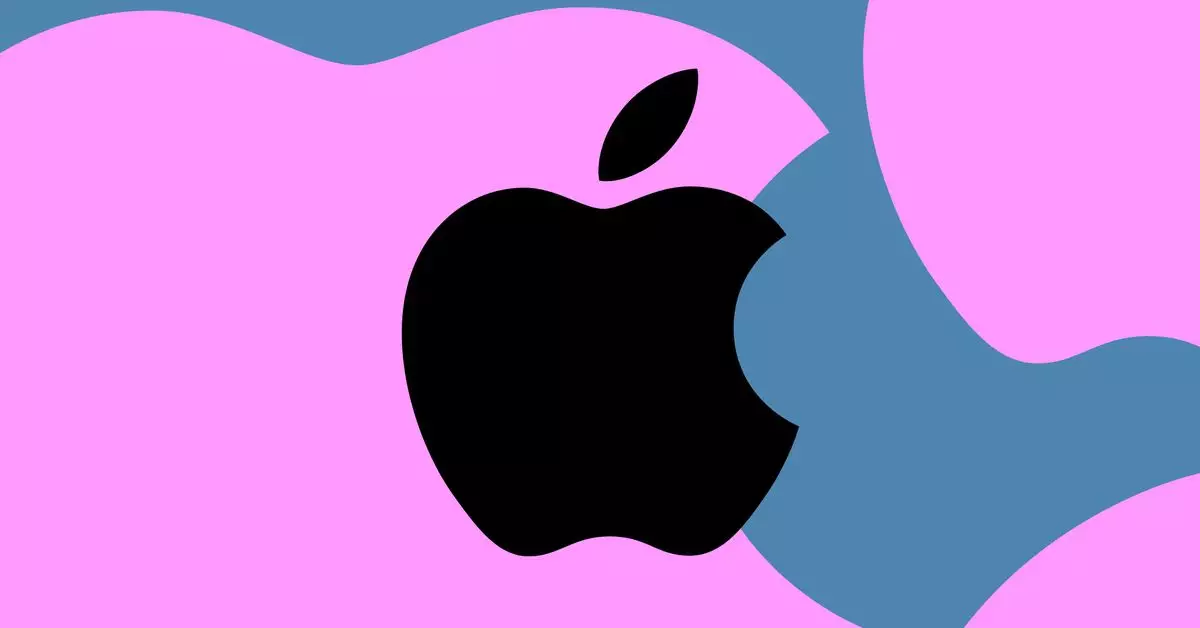Apple Inc. has consistently demonstrated its preference for innovation and control over its technology supply chain. Following years of reliance on external suppliers, industry analysts suggest that Apple is making significant strides toward producing its own wireless chips. Esteemed analyst Ming-Chi Kuo recently shared insights indicating that the company’s transition to proprietary Wi-Fi and Bluetooth chips will commence with the anticipated iPhone 17, slated for release in the latter half of next year. This major development represents a noteworthy shift in Apple’s strategy, as the company aims to bolster its product offerings and maintain greater control over its hardware ecosystem.
The iPhone SE 4, expected to debut in spring 2025, will reportedly mark another milestone in Apple’s wireless technology endeavors. It is set to be the inaugural device featuring Apple’s in-house 5G modem, although it will still rely on Broadcom for its Wi-Fi capabilities. This dichotomy in sourcing reflects a transitional phase in Apple’s long-term ambitions, illustrating that the company is not yet fully independent in its wireless chip production. Notably, Apple’s efforts to divest from Qualcomm’s RF modems have been ongoing since it acquired Intel’s modem division in 2019—a move driven by both strategic necessity and the tumultuous relationship between the two tech giants.
While Apple appears resolute in its mission to develop proprietary modem technology, the complexity of producing reliable modems has proven to be a formidable challenge. Initially, there were expectations that the iPhone 15 would debut with the new modem, but those prospects have since been revised as the technology was not fully matured in time for this year’s models. This situation underscores the inherent difficulties in modem design and manufacturing—an area that requires substantial technical expertise and resources.
Looking ahead, the budget-friendly iPhone SE series is reportedly set for a transformative upgrade. Speculations suggest that the upcoming models may feature an OLED display for enhanced visual fidelity and incorporate advanced functionalities like Face ID and support for Apple Intelligence. These enhancements reflect Apple’s strategy to elevate the appeal of its more affordable offerings. However, consumers might also need to brace themselves for a potentially higher price point—reflective of increased costs associated with the new technology and features.
As Apple continues its journey toward internalizing its wireless technology production, the implications for the broader technology sector could be profound. Ample competition exists within the wireless chip market, which presents both challenges and opportunities for companies looking to innovate. Apple’s success or failure in this initiative will not only affect its own product lineup but also reverberate throughout the industry, potentially reshaping partnerships and competitive dynamics. Ultimately, as Apple commits to pushing the envelope in mobile technology, its transition to in-house wireless solutions may signify the dawn of a new era for both the brand and its loyal consumer base.


Leave a Reply